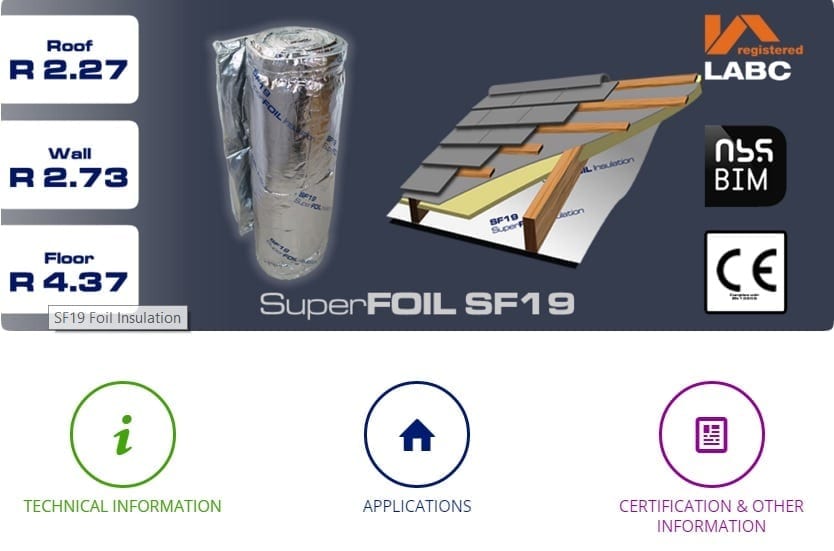Ever increasing requirements for higher and higher levels of insulation is driving home owners to leave traditional insulation methods behind in favour of more high tech solutions such as multi foil insulation. This is one of the reasons why we focused on the many advantages of multifoil insulation in this article.
This type of insulation is popular because customers need innovative solutions. Traditional insulation is often too thick, and difficult to install especially in retrofit projects.
We want to get more in-depth in this article and talk about how multifoil insulation performance is measured as we know this is a hugely important factor for anyone considering which type of insulation to use.
HOW IS MULTIFOIL INSULATION PERFORMANCE MEASURED?
The most important feature of insulation is that it reduces heat loss. So, performance-wise, we’ll mainly discuss this aspect.
For current Uk building regulations all insulation products have to be tested in the same way. This method revolves around placing insulation between two environments that have a different temperatures (a hot & a cold side) and measuring the energy required to keep the cool side a constant temperature.
In terms of real world performance though there are other forms of heat transfer that need to be taken into consideration that this test doesn’t account for, such as heat lost through convection currents (aka how air tight the building/ product is) and the transfer of radiant heat which can be reduces greatly with the use of reflective barriers such as foil based insulations.
HOW WE INTERPRET THE PERFORMANCE OF INSULATION MATERIALS
- Thermal resistance or R-Value. It defines the performance of a product. We can often find this value attributed to multifoil insulation. The higher the number of the R-Value, the better it will perform.
- U-Value calculations. The U-Value measures the efficiency of a wall, floor or roof, more precisely how different parts of a building are transferring heat. In this case the higher the number the worse the performance, so a U-value of 0.28 is much worse than a U-value of 0.18
- SAP assessments. The Standard Assessment Procedure is “the methodology used by the Government to assess and compare the energy and environmental performance of dwellings”. This method takes into consideration the following: U-Value, heating sources, size and location, air tightness.
MULTIFOIL INSULATION – THE RIGHT OPTION FOR YOUR HOME
These performance indicators make it easy to tell which insulation products will best suit the differing requirements of your home. We provide very detailed information about our products and how they can and should be used, so that you have the all the information required to make an informed decision for yourself.
For example, we provide the R-Values for the roof, the wall, and the floor, which are often different due to the way heat transfer works (heat rises), even when looking at the same product. Overlooking simple details such as this could mean you spend more money than necessary.
If you’re interested in testing out multifoil insulation for yourself, feel free to request a free sample pack today. You will receive product samples and data sheets, which we hope will come in handy for you. We believe they’ll give you the option to get a feel of what we have to offer.
If you’d like to contact us personally and ask us any questions, you can call us at 01636-639-900 or drop us an email at [email protected].

